|
|
Canon 400mm DO USM IS Lens Experience Report
|
|
Last Updated (01/05/2002) |
| Disclaimer |
| As we will only use this lens with Canon's new EOS-1 (which has a multiplier of 1.3) we cannot say anything about the lenses behavior using a full frame film camera. |
| 12/21/2001 First bird shots with the 400mm DO |
| Today we started using the 400 DO lens with the EOS-1D in the Los Gatos Creek park. For all photos we used the 2x tele extender (not MK II) from Canon, the 400mm DO was set to IS mode 2 and I used a monopod. |
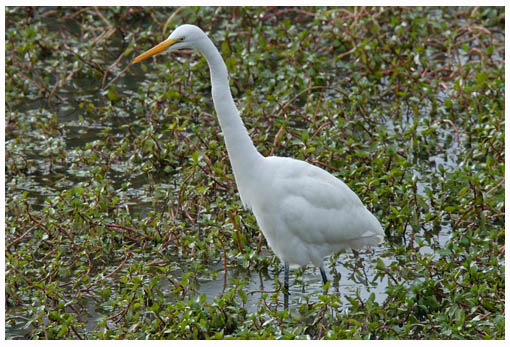 ISO 400 @ f11/1/320s (no crop) 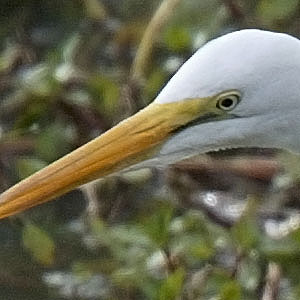
crop 100% pixel size |
| The result is very good at 1/320s. The IS even exceeds my expectations. |
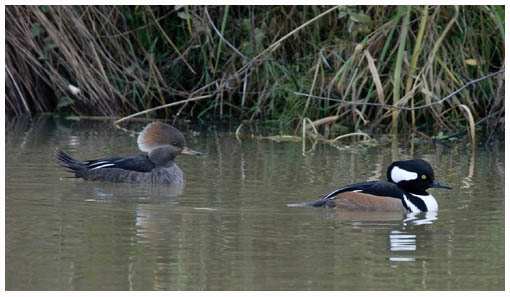 ISO1000 @ f/8(max open)/1/250s (crop) |
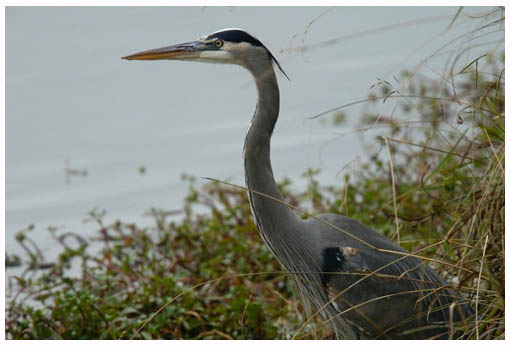 ISO400 @ f/8(max open)/ 1/320 (no crop) 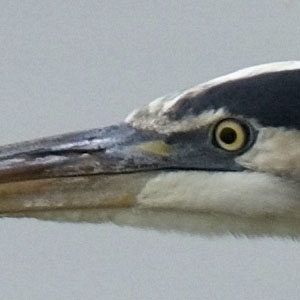 crop 100% pixel size |
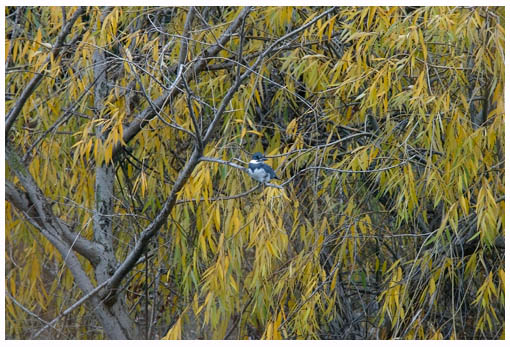 ISO800 @ f/8(max open)/ 1/320 (no crop) 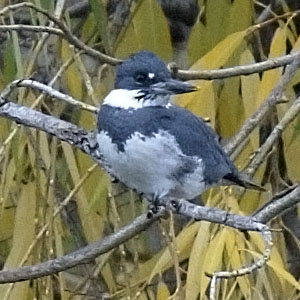
crop 100% pixel size |
|
Some comments:
|
| 12/25/2001 |
| Today I used the 400mm DO again with the 2x tele converter and must say that I love this combination. |
|
|
| I photographed the hawk handheld through the window of our car. |
|
|
| Both images were taken at Highway 1 (near Pescadero) at a very diffuse light (heavy overcast). There was a group of more than 20 Snowy/Great Egrets and one Great Blue Heron and many larger Sandpipers. Photographing 1/200 on a monopod at an effective focal length 1040mm (800mm x 1.3 multiplier of the EOS-1) would be very tough without image stabilization (IS). |
| 12/26/2001 |
| Today we used the 400mm DO lens without any extender. Only this way you can see the full potential of this lens. |
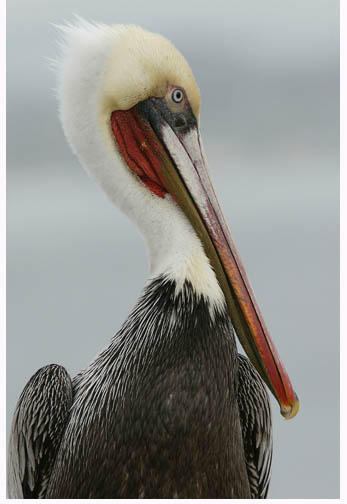 ISO200, 1/160, f/8,natural light, monopod, no crop 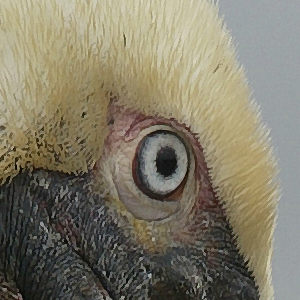
crop at 100% pixels size |
|
This photo comes right out of the Canon RAW conversion software and got some level sharpening in Photoshop (no saturation enhancement, no levels, no curves). Remember this shot was taken at 1/160 from a monopod (effective focal length of 52, 400 x 1.3 multiplier). I know this is a cliche shot, but a lovely bird and very truthful colors. Some cliches are just wonderful. |
| 01/01/2002 Monarch Clusters |
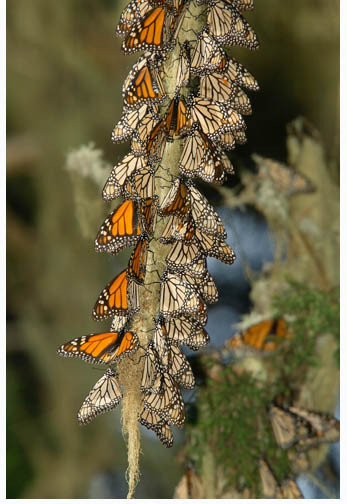 400mm DO + 2.0x tele extender, ISO 320, 550EX Flash 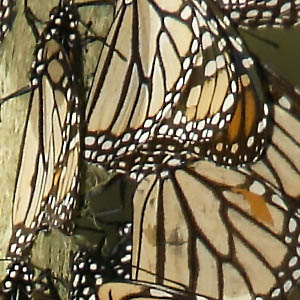 Crop at 100% pixel size |
| For flash we used the "Better Beamer FX2" flash extender for the 550EX which you can order NaturePhotographers.net. In front of the flash we also used "Cinegel #3409: Roscosun 1/4 CTO " to warm up the flash light. |
| Conclusion |
|
What can I say? We love the lens for the following reasons:
Anything we dislike? Only the price but even that seems to be in line with good other long glass. Once Canon will produce more DO lenses this price might go down. Will be very hard to live without! The lens did deliver what I have hoped for. We would just need 2 long lenses:
We made up the decision that the current 400mm-600mm lenses are far to large and heavy for our style of photography. That is why we find this 400mm DO lens so attractive and other wildlife photographers probably share this opinion. |
You
can order the Canon 400mm f/4 DO lens here  |
|
Other reviews |
| Review methodology (or lack of :-)) here. |
| For Comments post in our News Group |